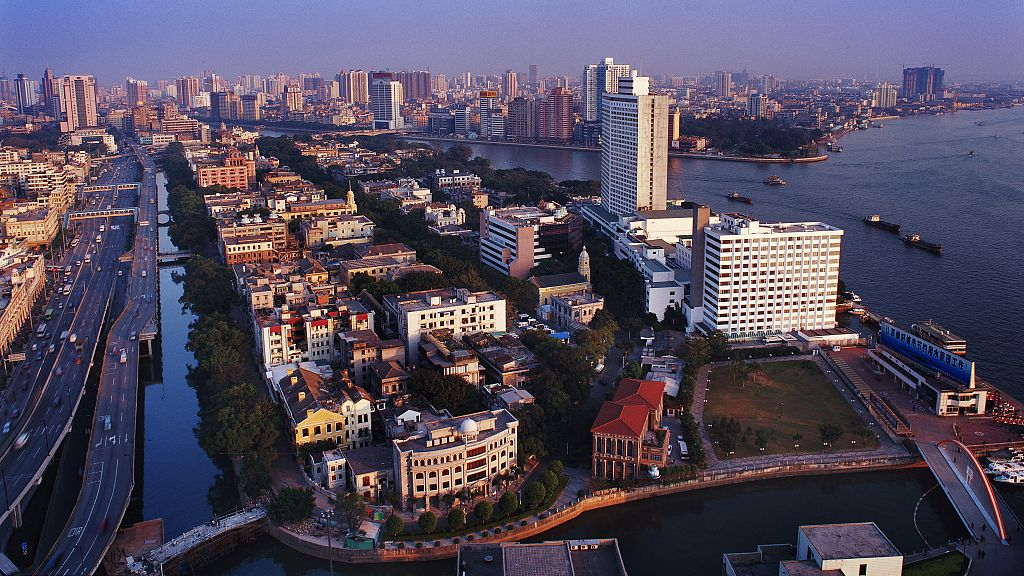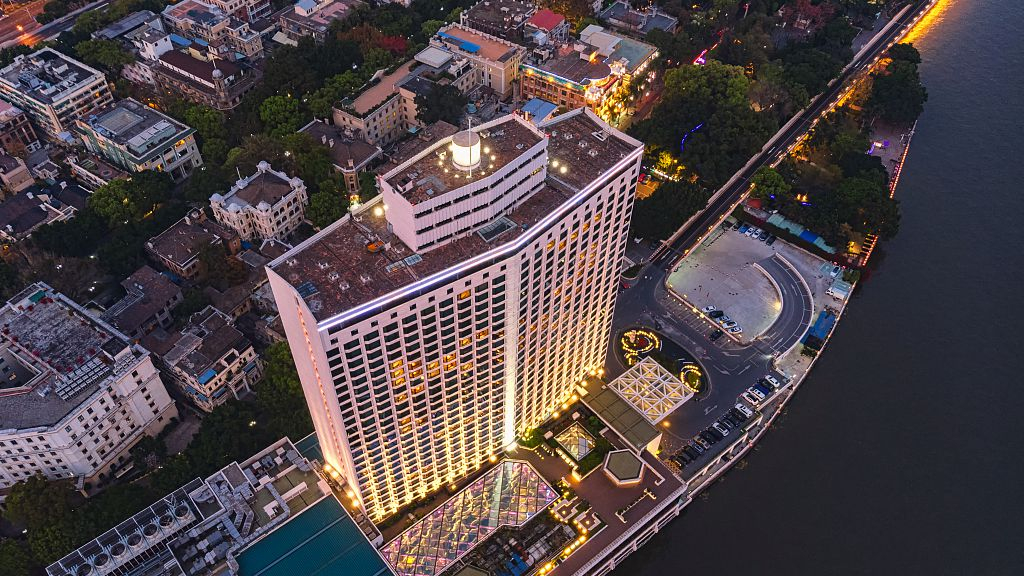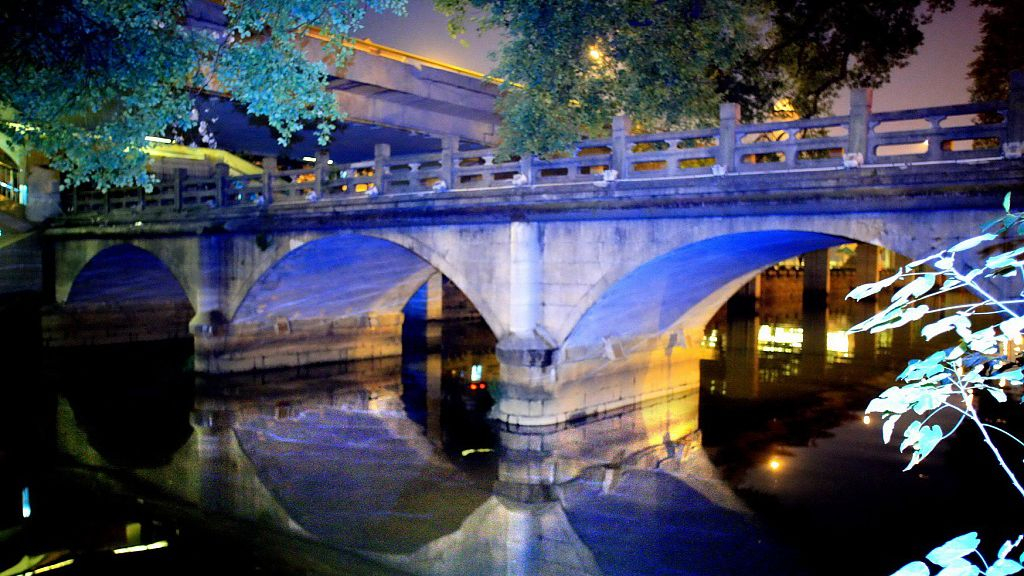
Destination
19:14, 09-Mar-2019
Guangzhou residents preserving cultural relics in Shamian
Geng Siyuan

Shamian is a sandbank island in the Liwan District of Guangzhou, capital of south China's Guangdong Province. The island's name means "sandy surface" in Chinese, because it was formed by the accumulation of alluvium out of the Zhujiang River.
Shamian is an important commercial port in Guangzhou. In the past century, more than 10 countries have set up consulates and nine foreign banks set offices here. The European-style architecture of the island makes it look like an open-air architectural "museum" and so nowadays, it has become one of Guangzhou's most visited tourist spots.

The Shamian Island by the Zhujiang River in Guangzhou, south China. /VCG Photo
The Shamian Island by the Zhujiang River in Guangzhou, south China. /VCG Photo
On March 8, Guangzhou Municipal Planning and Natural Resources Bureau proposed a preservation plan for the Shamian History and Culture District, which covers most of area on the island. Residents are encouraged to give their opinions on the plan before April 6 this year. The plan includes following items.
First, current street scales are to be maintained. Should road reconstruction to be made, it is advised that changes are kept to small-scale, to preserve original road layouts and landscape features.
Second, new construction and expansion activities are not allowed except for necessary public infrastructure and service facilities.
Third, with approval, these infrastructure and public service facilities still have a 12 meter height limit. Volumes, colors, and materials for buildings should be coordinated with the overall style of Shamian. The traditional look and style must not be changed.
Within the total 39.1 hectares of preservation, there are 54 spots termed "Major Historical and Cultural Site" protected at the national level and one at the municipal level. There are also the White Swan Hotel, No. 623 Road, the Second and Third Street of Shamian, the traditional block of Shamian Fifth Street, the Shamian West Bridge, and the ancient artillery of the Qing Dynasty.
A brief look at the relics of Shamian

The White Swan Hotel. /VCG Photo
The White Swan Hotel. /VCG Photo

School children playing in a park on the Shamian Third Street, south China's Guangzhou City. /VCG Photo
School children playing in a park on the Shamian Third Street, south China's Guangzhou City. /VCG Photo

A view of a typical arcade in Guangzhou, south China. /VCG Photo
A view of a typical arcade in Guangzhou, south China. /VCG Photo

Shamian West Bridge in south China's Guangzhou, built in 1861./VCG Photo
Shamian West Bridge in south China's Guangzhou, built in 1861./VCG Photo

Night view of No. 623 Road along the Zhujiang River in Guangzhou, south China. /VCG Photo
Night view of No. 623 Road along the Zhujiang River in Guangzhou, south China. /VCG Photo

SITEMAP
Copyright © 2018 CGTN. Beijing ICP prepared NO.16065310-3
Copyright © 2018 CGTN. Beijing ICP prepared NO.16065310-3